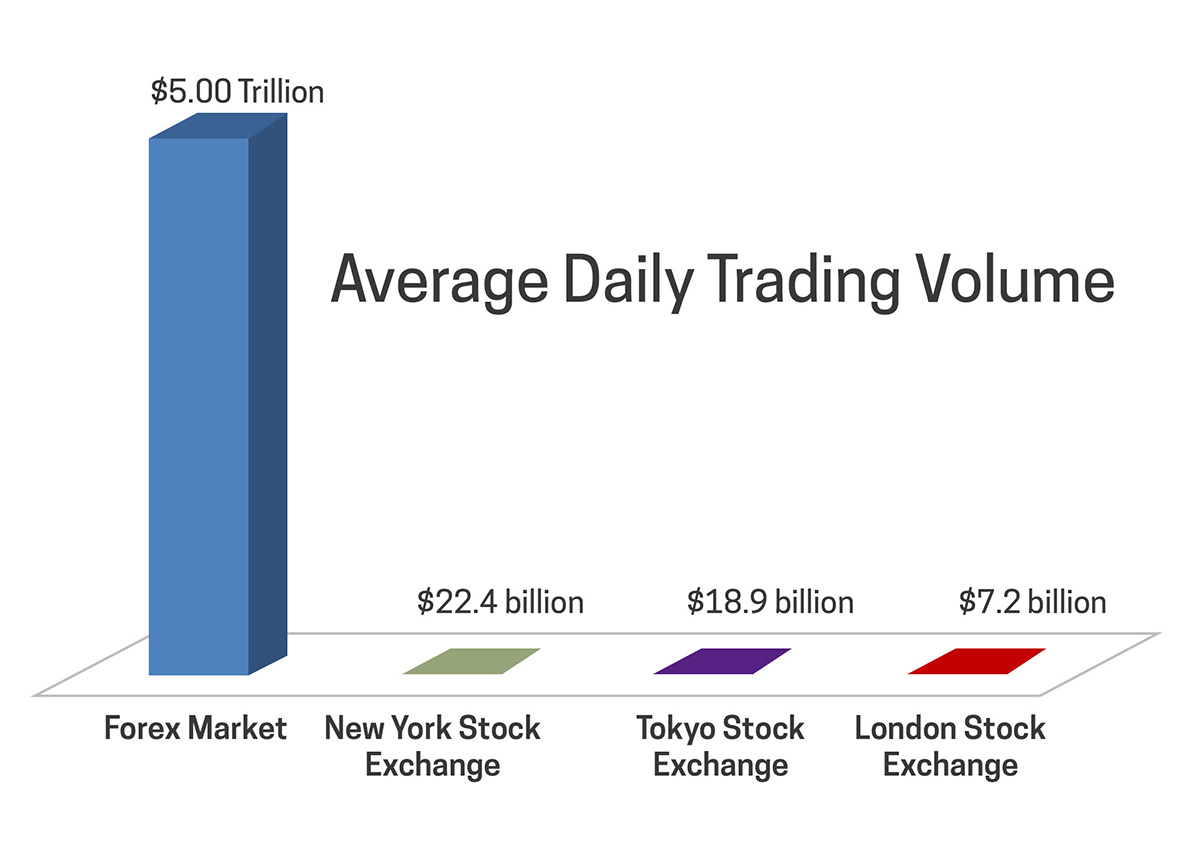Foreign exchange margin trading and foreign exchange firm trading are
currently the two most common foreign exchange investment and financial
management methods in China. Many investors who are not familiar with the
foreign exchange market are unaware of the difference between the two and do not
know which trading method to choose. Below, we will introduce the difference
between foreign exchange margin trading and firm trading to help investors
understand how to choose between foreign exchange margin trading and firm
trading.

The difference between foreign exchange margin and the real offer mainly lies
in the account opening method and trading characteristics:
1. Real foreign exchange transactions
To open a foreign exchange firm transaction account, you need to apply at the
bank counter, purchase foreign exchange and deposit it into the account, sign a
foreign exchange transaction agreement with the bank, apply for online banking,
and then log in to the bank website and use your personal computer at home to
enter online banking for transactions. Usually, you open an account for
transactions at a bank, such as China Merchants Bank or the Industrial and
Commercial Bank of China. The biggest characteristic of foreign exchange firm
trading is that the risk and return are relatively small. What are the foreign
exchange margin trading platforms? The transaction fee (spread) is slightly
higher, usually between 10 and 30 points. If operated well, the annual revenue
is generally between 5% and 10%. Funds that are too small may have limited
returns.
2. Foreign exchange margin trading
Foreign exchange margin trading is usually conducted through the internet,
usually through domestic foreign exchange agents or directly applying for
account opening on foreign company websites, and then depositing the funds into
the trading account for trading. The biggest characteristic of foreign exchange
margin trading is its high risk and high return. Foreign exchange margin trading
is a leveraged model, with a maximum leverage of up to 400 times. If an investor
does not have $100, under leverage, it is equivalent to trading at most $40000,
greatly increasing the investor's return, but the corresponding risk will also
increase exponentially. It is more suitable for investors with a certain
understanding of the foreign exchange market to trade.
The difference between the two is:
1. The required principal is different, and the actual transaction requires a
relatively large amount of principal, while foreign exchange margin trading
generally only requires a small amount of funds.
2. The return-to-risk ratio is different; compared to margin trading, foreign
exchange firm trading has less risk and is suitable for most people to invest
in.
3. There are different policy tendencies, and currently policies support firm
trading while margin trading is strictly illegal.
4. The trading channels are different, and foreign exchange firm trading is
mainly completed through the banking system, while margin trading needs to be
mediated by market traders, which carries certain system risks.
How do I choose between foreign exchange margin and firm trading? From the
above introduction, it is not difficult to see that if investors have a large
principal and pursue stable returns, they can choose foreign exchange firm
trading. If investors have a good understanding of the foreign exchange market,
have relatively small initial funds, and bear certain risks, they can choose
foreign exchange margin trading.







